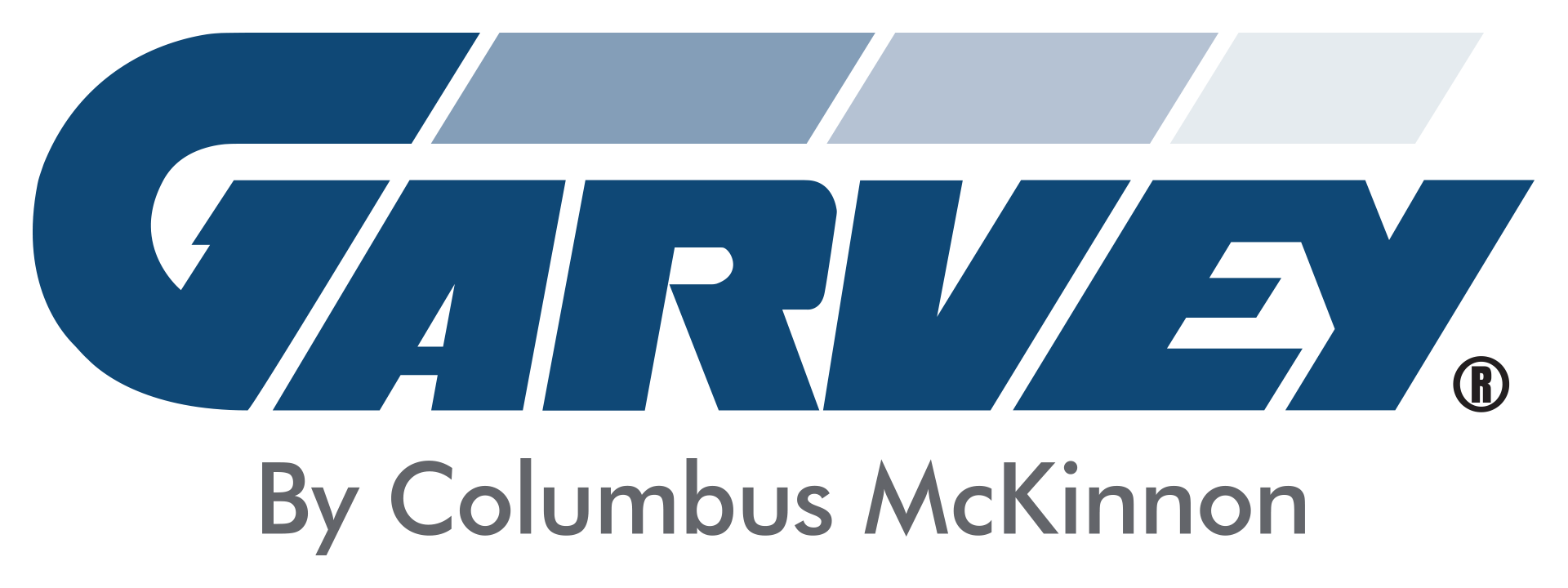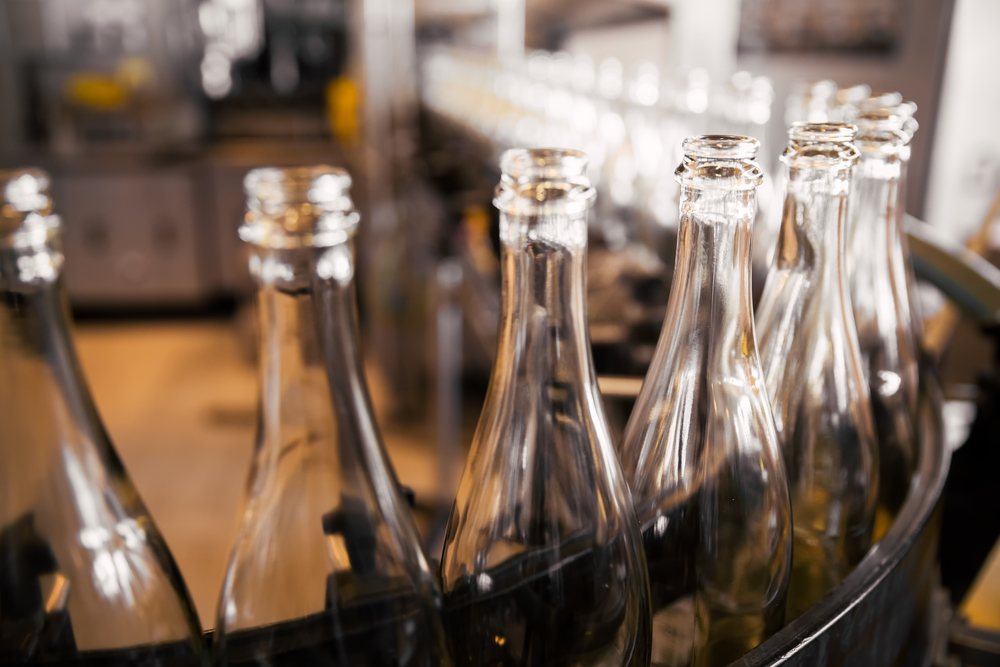Unstable products refer to items that are delicate, fragile, or prone to damage during manufacturing processes. These products present unique challenges that must be addressed to ensure efficient production and minimize losses during manufacturing and transportation.
Let’s look at examples of unstable products and solutions to prevent loss and damage while increasing throughput.
Understanding the Challenges of Handling Unstable Products
Unstable products are considered fragile and tend to have a high center of gravity, making them hard to balance. These characteristics make working with them challenging, as their fragility makes them susceptible to breakage and damage, leading to higher rejection rates.
Here are common examples of unstable products:
- Wine bottles have a tall, slender shape with a narrow base, making them susceptible to tipping over or breaking if improperly handled.
- Glassware from medical, and ornamental to delicate stemware.
- Electronics, batteries, and circuit boards can be unstable because of their small size and delicate connections.
- Thin-walled containers such as plastic bottles, tubes, and vials can be unstable due to their lightweight construction.
- Delicate food products like pastries, confections, or fruits are prone to breakage or deformation under pressure.
These products require careful handling throughout manufacturing, as even minimal mishandling can cause defects. The higher rejection rate and handling time can lead to increased costs and less profitability.
Overcoming these challenges is crucial for manufacturers to meet demand, maintain product quality, and enhance productivity. Improving throughput while ensuring product integrity can lead to significant benefits, such as increased profitability, customer satisfaction, and market competitiveness. One of the best ways to do that is to review your current production processes with a line analysis.
Optimizing Production Line Layout
An optimized production line layout is crucial in mitigating the challenges of manufacturing unstable products. Here are several factors to look for when optimizing your production layout.
- Minimizing Movement and Handling: By designing a production line layout specifically tailored for unstable products, manufacturers can minimize the need for excessive movement and handling. This reduces the risk of collisions, vibrations, and other disturbances that could lead to breakage or damage. Streamlining the movement of products within the production line helps maintain stability and improves overall throughput.
- Proper Spacing and Support: An optimized layout ensures adequate spacing between workstations and equipment to accommodate the unstable products’ size, shape, and fragility. This allows sufficient room for workers to maneuver without the risk of accidental collisions or toppling. Additionally, providing appropriate support, such as conveyors with gentle material handling mechanisms or specialized fixtures, helps maintain stability throughout manufacturing.
- Segregation and Buffer Zones: Unstable products, like wine bottles, often require extra care and attention to prevent damage. An optimized layout may include dedicated areas or buffer zones to separate unstable products from other manufacturing processes or equipment that could pose a risk. This segregation reduces the chances of accidental collisions or mishandling, improving the overall safety and stability of the production line.
- Ergonomics and Worker Training: An optimized layout takes into account the ergonomic considerations for workers involved in handling unstable products. Manufacturers can improve worker efficiency and reduce the likelihood of accidents or mishandling by designing workstations and processes that minimize strain and fatigue. Additionally, proper training programs can be implemented to educate workers on the specific handling requirements for unstable products, ensuring they are equipped with the necessary skills and knowledge to maintain stability.
- Visual Cues and Signage: Clear visual cues and signage within the production line can help workers identify areas where unstable products are present and highlight the precautions to be taken. This helps ensure that everyone involved in the manufacturing process is aware of the fragility of the products and follows the necessary handling procedures.
Manufacturers can enhance stability, minimize breakage, and improve overall throughput by optimizing the production line layout with considerations specific to unstable products. It reduces the risk of mishandling, increases worker efficiency, and ultimately leads to higher productivity and improved product quality.
Implementing Advanced Automation
Automation significantly increases throughput for unstable products by providing precise, consistent, and efficient handling throughout the manufacturing process.
- Precision Handling: Automation technologies, such as robotic systems, can be programmed to handle unstable products with high accuracy and repeatability. Robotic arms equipped with specialized grippers or end effectors can grip and manipulate unstable products without exerting excessive force or causing instability.
- Increased Speed and Efficiency: Machines can perform repetitive tasks quickly and consistently, leading to faster production cycles and improved throughput. By reducing the reliance on manual labor, automation eliminates human errors, fatigue, and inconsistencies, resulting in more efficient manufacturing processes.
- Adaptive and Flexible Handling: Vision systems and sensors can be integrated with robotic systems to detect and adjust for product irregularities or instability in real time. This adaptability allows automation to handle a wide range of unstable products effectively, increasing throughput across different product variants.
- Reduction in Product Losses: Precise and controlled automation ensures that products are handled gently and consistently, resulting in a lower reject rate and improved product quality.
- Integration with Quality Control: Vision inspection systems can be employed to detect defects, cracks, or irregularities in real time, allowing for immediate corrective action. By combining automation with quality control, manufacturers can maintain product integrity while maximizing throughput.
- Scalability and Adaptability: Automation technologies are often scalable and adaptable to changing production demands. As the demand for unstable products increases, manufacturers can easily scale up their automation systems by adding additional robots or equipment. This allows for increased throughput without sacrificing product quality.
Improving Throughput with Accumulation and Conveyors
One of the most direct ways to improve throughput is to utilize accumulation and conveyor systems, as they play a crucial role in producing, transporting, and packaging unstable products like wine bottles, glass, and electronics. Here’s how they can help:
- Production Process Efficiency: Accumulation conveyors provide a buffer zone where unstable products can accumulate before proceeding to the next stage of the production process. This allows for smoother operations and reduces the risk of bottlenecks or disruptions caused by intermittent flow. Accumulation conveyors ensure a consistent and continuous supply of unstable products to downstream processes, improving overall efficiency and throughput.
- Gentle Product Handling: Unstable products, such as wine bottles, glassware, or delicate electronics, require careful and gentle handling to avoid breakage or damage. Conveyors designed with features like low friction surfaces, cushioned belts, or adjustable speed controls help ensure smooth and gentle movement of these fragile products. Conveyors maintain product integrity during transportation within the production line by minimizing impacts and vibrations.
- Orientation and Positioning: Unstable products must often be oriented or positioned correctly during manufacturing. Conveyors with specialized mechanisms, such as adjustable guides, orientation devices, or sensors, can precisely control unstable products’ position, alignment, or rotation. This ensures a consistent and accurate presentation of the products for further processing or packaging.
- Customization and Adaptability: Accumulation and conveyor systems can be customized to accommodate the specific requirements of unstable products. For instance, adjustable lane dividers or product stabilizers can be incorporated to prevent product tipping or collisions. Conveyor speeds, inclines, and spacing can be adjusted to suit the characteristics of unstable products, ensuring optimal transport and handling.
- Integration with Packaging: Conveyors play a vital role in the packaging of unstable products. They can seamlessly integrate with packaging machinery, such as case packers or carton erectors, to facilitate the efficient transfer and packaging of products. By synchronizing the conveyors with the packaging equipment, a smooth flow of unstable products can be maintained, minimizing the risk of breakage or disruption during packaging operations.
- Accumulation for Shipping and Distribution: Accumulation conveyors are particularly beneficial for shipping and distribution processes. They allow for the accumulation of unstable products in an organized manner, ensuring controlled and efficient loading onto trucks or containers. This minimizes the risk of product damage during the transportation and distribution stages.
By utilizing accumulation and conveyors, manufacturers can enhance the efficiency, stability, and safety of producing, transporting, and packaging unstable products. These systems provide controlled handling, gentle product movement, and customizable features, ultimately contributing to improved throughput, reduced breakage, and enhanced overall product quality.
Contact us for more information on optimizing your production line.




